I have a set of logarithm which are L1, L2 and L3 which I have retrieved it from the paper An Ultra-secure Router-to-router Spontaneous Key Exchange System (2015), here.
The aim of this paper is to securely share key between Alice and Bob. For example, Alice sent K = 46 to Bob. Bob received the key from Alice. Key can be represented as:
The key needs to be shared using three stage process. L1: Alice to Bob. L2: Bob to Alice. L3: Alice to Bob.The equations are:
Bob can evaluate the key using:

This is the result for the equations:

Given the value of alpha = 5, x = 15 and p = 97. After I implement it in Python, I got the wrong result, which is not same in the result in the table:
a=5
x=15
p=97
i1=0.958478
i2=4.238835
L1=a**(x+i1)%p
L2=a**(x+i1+i2)%p
L3=a**(x+i2)%p
K=L3*(a**(-i2))
print ("L1",L1)
print ("L2",L2)
print ("L3",L3)
print ("K",K)
Which produce this result:
L1 55.596893310546875
L2 2.15625
L3 68.87890625
K 0.07503566293789979
Another problem is I tried to calculate it manually but the result is still not same with the result in the table. I hope that anyone may help me. Thank you.



